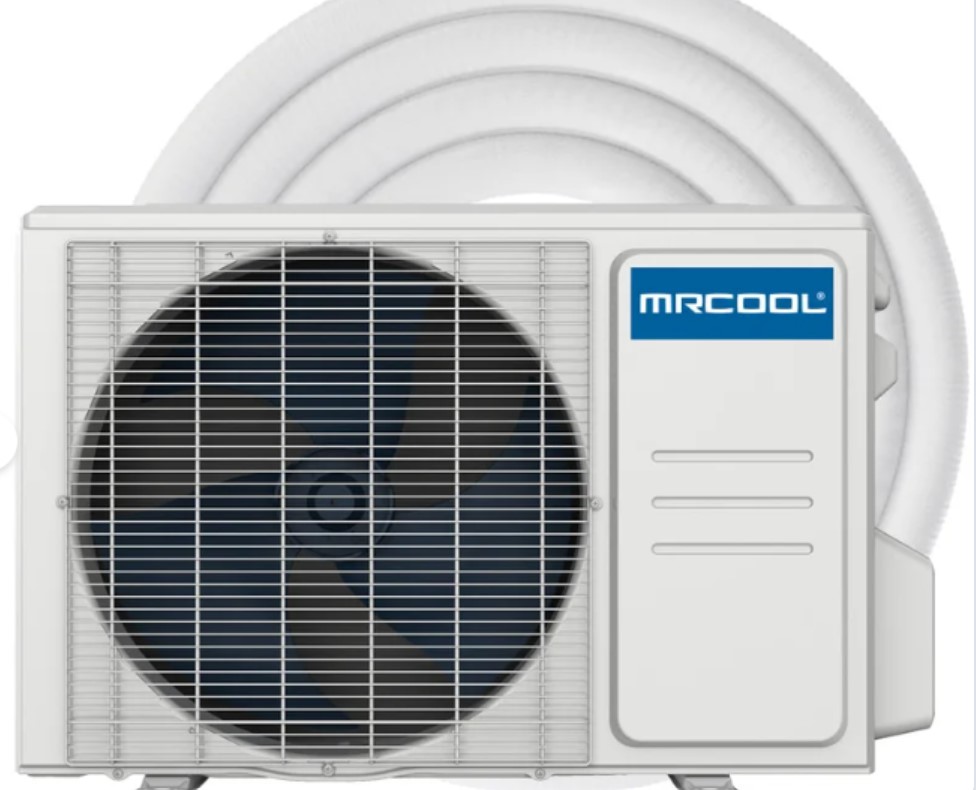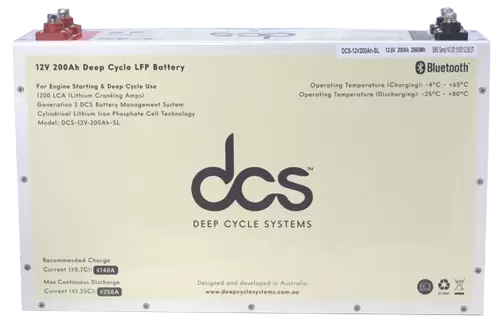
Enhancing Efficiency with Mini Split Smart Thermostats
In today’s era of smart technology, every aspect of our lives seems to be getting smarter, including our home heating and cooling systems. Mini split smart thermostats represent a significant advancement in HVAC technology, offering homeowners unparalleled convenience, comfort, and energy efficiency. In this article, we’ll delve into the world of mini split smart thermostats, exploring their features, benefits, and how they can revolutionize the way we manage indoor climate control.
Understanding Mini Split Smart Thermostats:
Mini split systems, also known as ductless heating and cooling systems, have gained popularity due to their flexibility, energy efficiency, and zone-based climate control capabilities. These systems consist of an outdoor compressor unit connected to one or more indoor air handlers, allowing for customized temperature control in different areas of the home.
A smart thermostat serves as the brain of the mini split system, enabling users to remotely monitor and adjust temperature settings via smartphone apps or other connected devices. Unlike traditional thermostats, which require manual input, smart thermostats utilize advanced sensors, algorithms, and Wi-Fi connectivity to optimize comfort and energy usage automatically.
Key Features and Benefits:
Remote Accessibility: One of the primary advantages of mini split smart thermostats is their remote accessibility. Whether you’re at work, on vacation, or simply relaxing on the couch, you can easily monitor and adjust your home’s temperature settings from anywhere with an internet connection. This feature not only enhances convenience but also allows for efficient management of energy usage, potentially leading to cost savings on utility bills.
Intelligent Scheduling: Smart thermostats utilize intelligent scheduling algorithms to learn your household’s patterns and preferences over time. By analyzing factors such as occupancy, outdoor temperature, and historical usage data, these devices can automatically adjust temperature settings to maximize comfort while minimizing energy consumption. This hands-off approach eliminates the need for manual programming and ensures that your home is always at the perfect temperature when you need it.
Zone Control: Mini split systems already offer zone-based climate control, allowing you to heat or cool specific areas of your home independently. When combined with smart thermostats, this capability becomes even more powerful. Users can create customized heating and cooling schedules for each zone, optimizing comfort levels based on individual preferences and usage patterns. Whether you prefer a cooler bedroom for sleeping or a warmer living room for entertaining guests, a mini split smart thermostat gives you the flexibility to tailor the climate to your liking.
Energy Efficiency: Energy efficiency is a top priority for many homeowners, and mini split smart thermostats excel in this area. By continuously monitoring indoor and outdoor conditions, as well as factors like humidity levels and occupancy, these devices can adjust temperature settings in real-time to minimize energy waste. Additionally, features such as geofencing and adaptive learning further optimize energy usage by automatically adjusting settings based on your location and behavior. Over time, these energy-saving strategies can lead to significant reductions in heating and cooling costs, making smart thermostats a wise investment for environmentally conscious consumers.
Integration with Smart Home Ecosystems: Mini split smart thermostats are designed to seamlessly integrate with popular smart home ecosystems, such as Amazon Alexa, Google Assistant, and Apple HomeKit. This integration allows for voice control functionality, as well as interoperability with other connected devices in your home. For example, you can create custom automation routines that adjust your thermostat settings based on triggers such as motion detection, door/window sensors, or even weather forecasts. By harnessing the power of interconnected devices, you can create a truly smart and efficient home environment.
Installation and Compatibility:
Installing a mini split smart thermostat is a relatively straightforward process, especially if you already have a ductless heating and cooling system in place. Most smart thermostat models come with detailed installation instructions and compatibility guides to help you determine if your existing equipment is compatible. In some cases, professional installation may be recommended, particularly if you’re upgrading from a traditional thermostat or if additional wiring is required.
When choosing a smart thermostat for your mini split system, it’s essential to ensure compatibility with both the brand and model of your HVAC equipment. While many smart thermostats are designed to work with a wide range of systems, it’s always best to double-check compatibility before making a purchase. Additionally, consider factors such as app functionality, user interface, and customer support when evaluating different thermostat options.
Mini split smart thermostats represent the next evolution in home climate control, offering unparalleled convenience, comfort, and energy efficiency. With features such as remote accessibility, intelligent scheduling, zone control, and integration with smart home ecosystems, these devices empower homeowners to take control of their indoor environment like never before. Whether you’re looking to reduce energy costs, enhance comfort, or simply streamline your daily routine, a mini split smart thermostat is a smart investment that can benefit your home for years to come. Embrace the future of HVAC technology and experience the transformative power of smart climate control today.
FAQs (Frequently Asked Questions) about Mini Split Smart Thermostats:
Q: Are mini split smart thermostats compatible with all ductless heating and cooling systems?
A: While many smart thermostat models are designed to work with a wide range of mini split systems, it’s essential to check compatibility before making a purchase. Refer to the manufacturer’s compatibility guide or consult with a professional HVAC technician to ensure compatibility with your specific equipment.
Q: Can I install a mini split smart thermostat myself, or do I need professional installation?
A: The complexity of installation varies depending on factors such as your existing HVAC setup and wiring requirements. While some homeowners may feel comfortable installing a smart thermostat themselves, others may prefer to enlist the help of a professional HVAC technician, especially if additional wiring or configuration is needed. Always refer to the manufacturer’s installation instructions and guidelines for best results.
Q: How do mini split smart thermostats save energy?
A: Mini split smart thermostats employ various energy-saving strategies, including intelligent scheduling, adaptive learning, and real-time temperature adjustments based on occupancy and environmental conditions. By optimizing heating and cooling settings to match your lifestyle and preferences, these devices can minimize energy waste and reduce utility bills over time.
Q: Can I control my mini split smart thermostat when I’m away from home?
A: Yes, one of the key features of smart thermostats is remote accessibility. As long as your thermostat is connected to Wi-Fi and paired with a compatible smartphone app or web interface, you can monitor and adjust temperature settings from anywhere with an internet connection. This flexibility allows you to ensure comfort and efficiency even when you’re not at home.
Q: Do mini split smart thermostats integrate with other smart home devices?
A: Yes, many smart thermostat models are designed to integrate seamlessly with popular smart home ecosystems, such as Amazon Alexa, Google Assistant, and Apple HomeKit. This integration enables voice control functionality and interoperability with other connected devices in your home, allowing you to create custom automation routines and enhance overall convenience.
Q: Are there any additional costs associated with using a mini split smart thermostat?
A: In addition to the upfront cost of purchasing the thermostat itself, there may be associated costs such as professional installation fees (if required) and ongoing subscription fees for premium features or cloud services. However, the potential energy savings and enhanced comfort provided by a smart thermostat can often offset these costs over time, making it a worthwhile investment for many homeowners.


